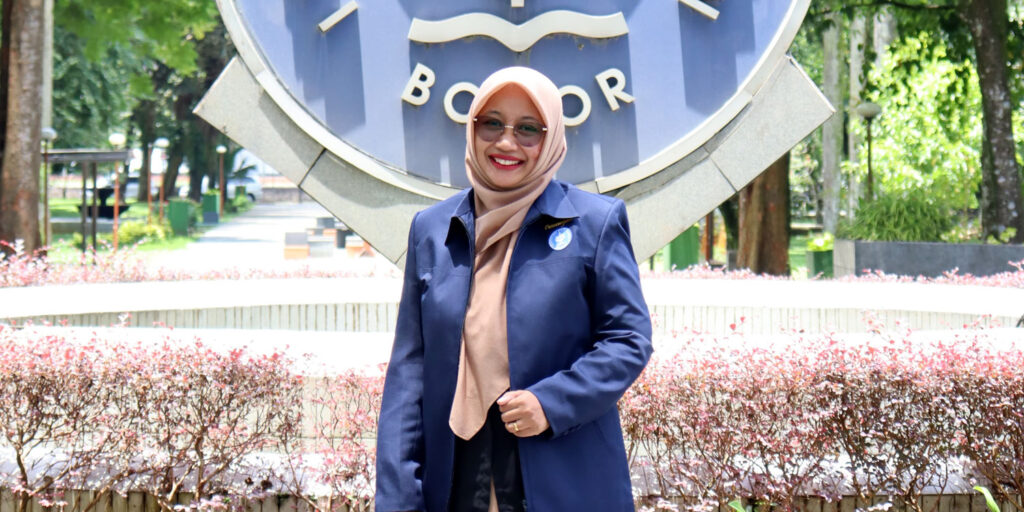The nest of the transport wasp (Eumenes coarctatus), which is often found in homes and is often considered a disturbance because it forms clumps of soil, turns out to have potential as a wound-healing ingredient.
Ivone Wulandari Budiharto, SSi, MSi, a researcher at IPB University, revealed surprising findings regarding the antimicrobial potential contained in this wasp nest. This finding has the potential to make it a wound medicine.
The research conducted by Ivone and the research team used mice as experimental objects with cuts. The results showed a rapid wound closure response when the transport wasp nest was applied. This indicates the presence of antimicrobial activity in the wasp nest, which can be utilized to accelerate the wound healing process.
This research originated from the local wisdom of the Javanese people who have long utilized the angkut-angkut wasp nest to heal wounds, especially on circumcision scars. People usually dilute the wasp nest in the form of lumps of soil with a little water, then apply it to the circumcision wound.
Within 7 to 13 days, the wound will dry out without causing pus. This local wisdom encouraged Ivone to research the content in the nest of the transport wasp.
“Hopefully in the future, this wasp nest can be utilized as an antiseptic gel material for cuts and burns,” she said.
Nevertheless, Ivone emphasized the need for further research to identify bioactive compounds in the wasp nest and the possibility of microbial symbionts from the wasp itself that could increase its health benefits.
She said the research was not without its challenges. Ivone mentioned that sampling wasp nests is quite difficult due to factors such as wasp stings, degradation of nests made of soil, and environmental factors that can affect the composition of the nests. In addition, wasp nest collection must also be done carefully so as not to damage the existing composition.
Furthermore, Ivone also recognizes the need for more in-depth antimicrobial tests, including testing against bacteria and fungi, to determine the content of existing bioactive compounds. In addition, safety tests are also important if this wasp nest is to be widely used as an antimicrobial material.
Carrier wasps are not known to live in large colonies and are not very aggressive. However, they can sting if they feel threatened, with stings that can cause pain and swelling. The transport wasp’s main activity is to build a nest from a mixture of soil and wasp saliva. (dh) (IAAS/ASY)

